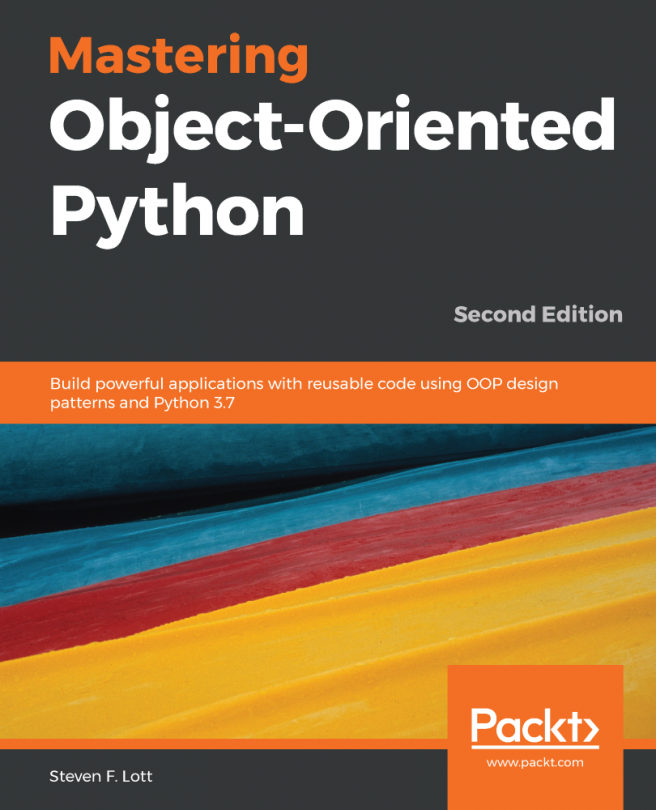Reducing sets of data with the reduce() function
The sum(), len(), max(), and min() functions are in a way all specializations of a more general algorithm expressed by the reduce() function. The reduce() function is a higher-order function that folds a function into each pair of items in an iterable.
A sequence object is given as follows:
d = [2, 4, 4, 4, 5, 5, 7, 9]
The function reduce(lambda x, y: x+y, d) will fold in + operators to the list as follows:
2+4+4+4+5+5+7+9
It can help to include () to show the effective left-to-right grouping as follows:
((((((2+4)+4)+4)+5)+5)+7)+9
Python's standard interpretation of expressions involves a left-to-right evaluation of operators. Consequently, a fold left isn't a change in meaning. Some functional programming languages offer a fold-right alternative. When used in conjunction with recursion, a compiler for another language can do a number of clever optimizations. This isn't available in Python: a reduction is always left to right.
We can also provide...






































































